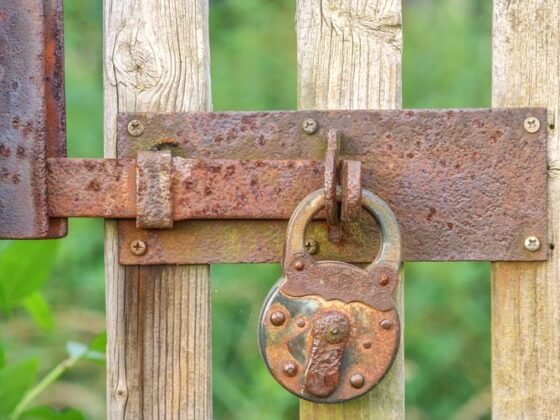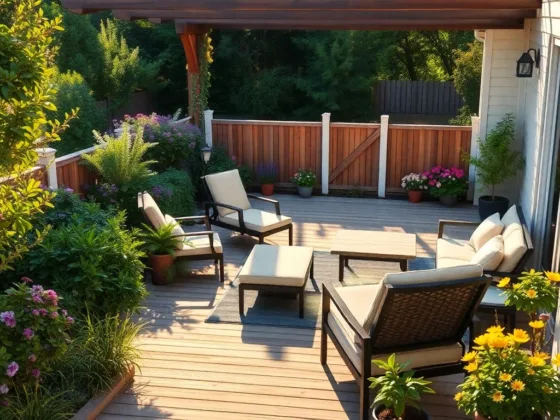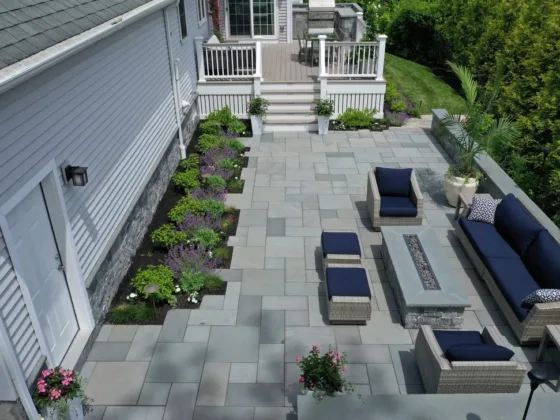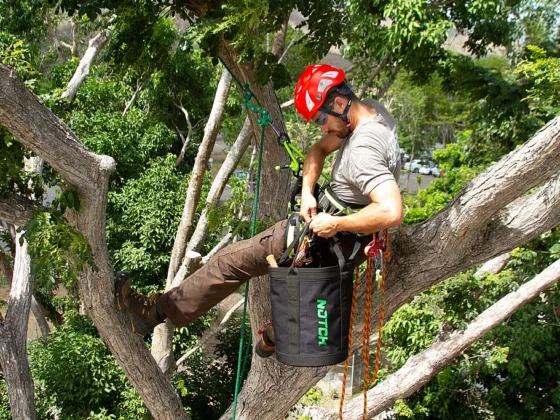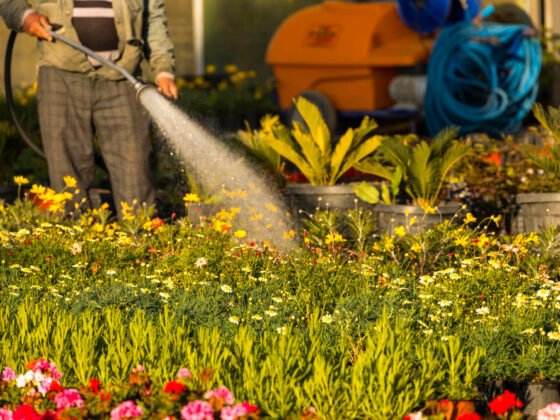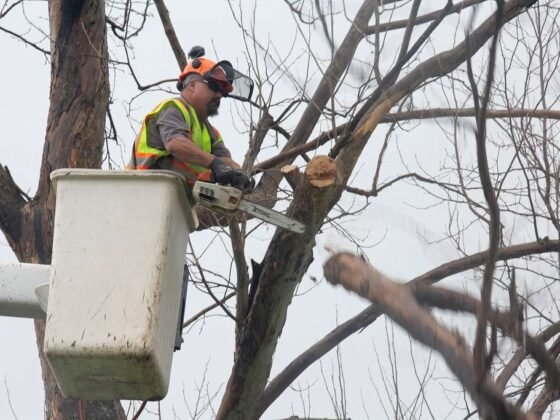Table of Contents Show
Did you know that green grass can help keep your home 12° cooler?
Through the process of transpiration, green grass can help to reduce the sun’s extreme heat by moderating the temperature.

Learning how to make your grass greener doesn’t just help to call your home down, but it also helps to increase the overall curb appeal if you’re trying to sell your home.
That’s why we created a complete guide to help you understand how to make your grass greener. Keep reading to learn more!
Read Also:
Don’t Cut Your Grass Too Low
While it may seem beneficial to cut your grass as short as you possibly can, allowing your grass to grow longer can help it to grow greener. Mowing a lawn too short creates stress on the grass, which limits how deep the roots grow. As a result, the grass won’t be able to absorb the nutrients that it needs to become greener.
Water Your Grass Enough
If you live in a dry climate, it can be difficult even to grow grass. Installing an irrigation system to water your lawn is the most efficient way they can go about ensuring your lawn gets enough water.
No matter what method you choose to water your grass, making sure that you consistently water your grass will ensure that it stays healthy and green. Keep in mind that you’ll want to avoid overwatering your lawn. However, giving your lawn enough water will provide it with the strength that it needs to fight against pests and weeds, keeping it green.
Use Natural Lawn Fertilizers
Natural lawn fertilizers are healthier for your lawn than synthetic fertilizers are. A recent study has shown that organic lawn fertilizers have produced greener grasses than synthetic fertilizers have.
Are you interested in learning more about how to make your grass greener? Check out this tips.
Consider Grass Cycling
The process of grasscycling requires you to leave the grass you clipped while mowing your lawn on top of your grass. Not only is this super easy to do, but it will actually help you to save time on lawn maintenance.
The grass clippings that you leave on your lawn will decompose, creating a natural mulch. This will help your grass to maintain a healthy level of moisture. Plus, all of the nutrients in the clipped grass will return back to the soil that your grass is growing out of.
This will help for the grass that’s growing out of your lawn to have improved texture, cut back on the need your lawn has for fertilizers, and create a healthier lawn for you.
Just be sure that you don’t leave any large clumps of grass on top of your lawn. You can thin out these clumps of clippings by using a rake. If you don’t thin out the lumps of clippings in your lawn, it could prevent rainwater and sunlight from reaching the grass underneath.
As an end result, this could cause dead patches of grass around your lawn. When you’re done mowing your lawn, go through your yard to make sure all your lawn clippings are evenly spread out.
Composting
If you hate the sight of grass clippings on your lawn, you should consider investing in a compost bin. You can fill the compost bin with all of the trimmings you’ve collected from your yard and later use the compost to fertilize your yard!
A compost pile can also help your garden to grow. Don’t cut your grass often enough to consider a compost pile?
You can fill your compost pile with waste from your kitchen and your garden. As the materials inside of your compost pile break down, they’ll turn into compost.
You can use the compost as a healthy fertilizer for your lawn, your flowers, and the plants you’re growing in your garden.
Plus, compost will help to balance the pH levels of the soil in your lawn. If you’re looking to ensure the healthy growth of any trees or bushes in your lawn, you may want to start to consider composting.
Control the Weeds in Your Lawn
Just as you have to fertilize your lawn to ensure that it grows healthy, you have to fight to keep weeds at bay. It’s easy to overlook the necessity of keeping your grass protected from weeds, which is why many people fight to keep their lawn green and healthy-looking.
The best way to keep the weeds in your lawn at bay is to find a fertilizer that feeds your turf without feeding weeds. An extended, slow-release fertilizer will help you to do this.
By using a slow-release fertilizer in your lawn, you’ll reduce the risks of your burning the grass on your lawn. There are some slow-release fertilizers on the market that offer an option for you to control weed growth while also feeding your grass.
However, these types of fertilizers can only be applied twice a year and aren’t usually organic or natural.
Understanding How to Make Your Grass Greener
Taking steps to ensure that you properly care for your lawn, you’ll have a green lawn in no time. Always be careful not to give your lawn too much fertilizer or water, as this could make it difficult for your lawn to grow healthy, green grass. Using a natural fertilizer or compost can help to strengthen the health of your lawn, resulting in greener grass!
Are you looking for other articles to help teach you how to make your grass greener and your lawn healthier? Check out our blog for more!
